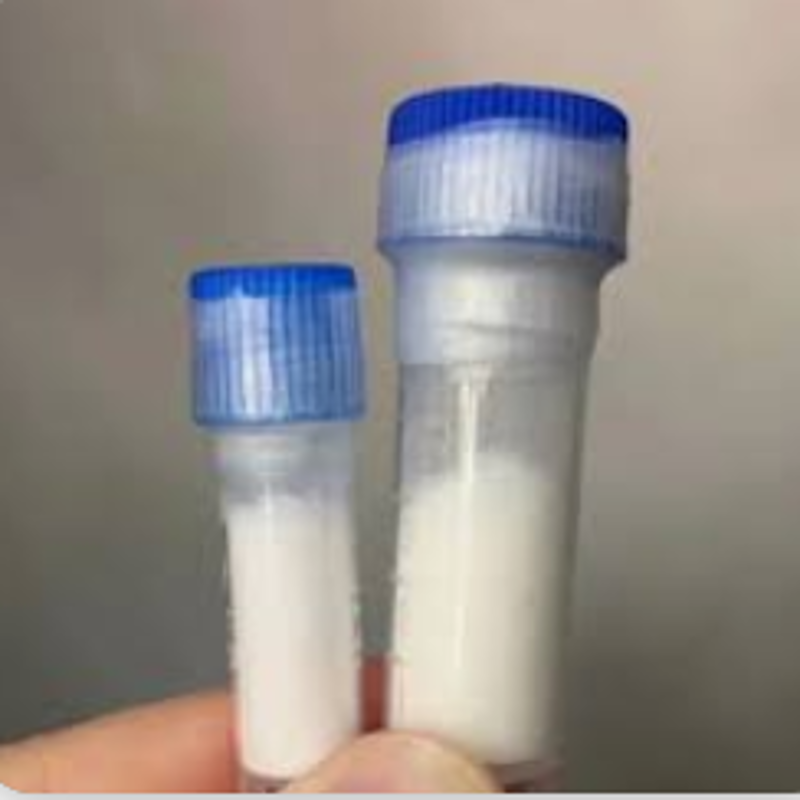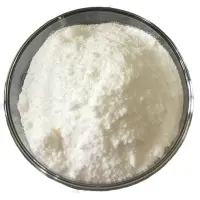-
Categories
-
Pharmaceutical Intermediates
-
Active Pharmaceutical Ingredients
-
Food Additives
- Industrial Coatings
- Agrochemicals
- Dyes and Pigments
- Surfactant
- Flavors and Fragrances
- Chemical Reagents
- Catalyst and Auxiliary
- Natural Products
- Inorganic Chemistry
-
Organic Chemistry
-
Biochemical Engineering
- Analytical Chemistry
-
Cosmetic Ingredient
- Water Treatment Chemical
-
Pharmaceutical Intermediates
Promotion
ECHEMI Mall
Wholesale
Weekly Price
Exhibition
News
-
Trade Service
Clinicians agree that only CT can diagnose a small amount of arachnoid hemorrhage, but MRI can also diagnose a small amount of subarachnoid hemorrhage
.
So which sequences are easy to observe? Let's look at the following cases:
The patient, female, 46 years old, headache investigation
.
Patchy high-density shadows in the right temporal and left frontal sulcus suggest a small amount of subarachnoid hemorrhage
From the top to the figure below: T2WI, T1WI, T2Flair (pressurized water image), CT, T2WI and T1WI only show vague sulcus, can not clear subarachnoid hemorrhage, pressurized water like left frontal sulcus hemorrhage is hyperintensive changes, right temporal region sulcus no clear hypersignal, only show fuzzy
sulcus.
Using CT as a reference, the above areas are high-density changes
.
Let's see how SWI changes
From the top to the figure below: SWI amplitude map original map, phase map original map, amplitude map Minp diagram, phase map Minp diagram, right temporal area and left frontal region sulcus all the above images show band-like low signal, with the amplitude map and phase map of the Minp map showing the most clearly, indicating a small amount of subarachnoid hemorrhage
.
Conclusion The most characteristic MRI manifestations of a small amount of subarachnoid hemorrhage are: the minp plot banded low signal shadow
of SWI amplitude map and phase map in the sulci.







